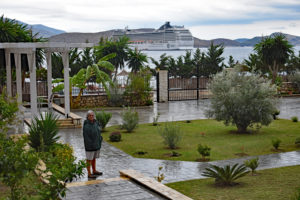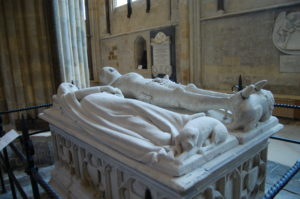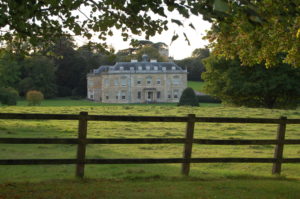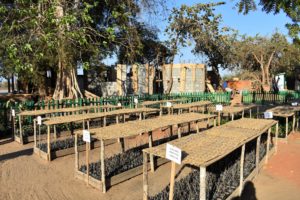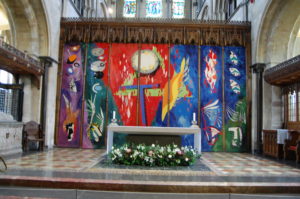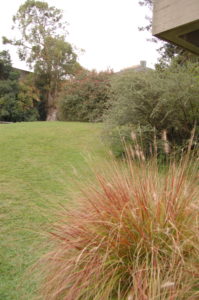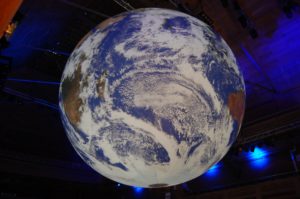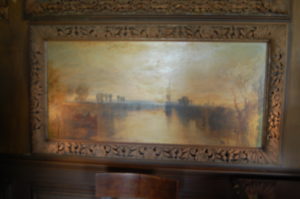“One of the undiscovered gems” was the Rough Guide description, so we thought it worth a look.
A bus into Venice, a walk around the corner to the station, instant access to tickets and timetable from a machine – why people take queue tickets to a ticket office is a mystery – and all we had to do was validate our ticket at the platform entrance. This is very important for any public transport in Italy. You can do it on board a bus, you can’t get on to the boarding stage for a vaporetto without, and if an inspector checks you face a 30E fine for non-compliance. With tickets at 7.50 why take the risk?
In half an hour we were crossing the river into central Treviso. A good map is useful: it may be advisable to download one as the tourist office edition is a bit vague. A few of the important places are signposted but sometimes our opinion of important may not match the tourist office view. We wanted to see the frescos of Tomaso da Modena in the former Santa Caterina church. It’s on the edge of the central city not far from where the two rivers meet, as mentioned by Dante and so with a bridge named after him.
The staff at the museum were very helpful, pointing out that it would soon close for the usual long lunch break but if we wanted to return in the afternoon they would stamp our tickets. While we are interested in archaeology that part of the museum was less attractive on the day than other frescoes and buildings. Tomaso’s cycle on the life of St Ursula is wonderful, simpler than Giotto’s Christian cycle in Padua but in its own way moving. Just a couple of images from the many will suffice, I hope. The Anglo-Saxon prince converted in order to marry Ursula is particularly animated. One of his followers is shown almost ripping off his clothes for baptism while the prince himself is total naked humility. There’s a smaller gesture by a pope renouncing office by tipping back his crown to follow Ursula and the monumental scene of the virgins’ martyrdom.
Not in a position to buy anything we nonetheless enjoyed the fish market on the island of watermills near the Piazza dei Signori, where we had lunch. Not many places of that name will give you a generous plate of ham and melon for less than 10E. In the piazza there are several similar restaurants competing for a not huge clientele.
Calmaggiore runs along the route of the main Roman street and apart from smart shops it also has buildings with exterior frescoes and shady arcades. San Francesco is near here; so too are San Vito and Santa Lucia, two churches we will save for another visit because they also have frescoes. Our aim for the afternoon was San Nicolo but that wasn’t open until 3.30. It was worth the wait. We had found a bench on a bank of the river and amused ourselves by watching a coot and its chicks. For the last few minutes before the church opened there was a pleasant cafe. Saint Christopher is the dominant image there although smaller works on columns are by Tomaso and his followers. We had left the Rough Guide behind to save weight for the flight and so missed the nearby seminary with Tomaso’s portraits of the monks, including one which is said to be the earliest rendering of reading glasses. Another aim for next time.
As with the bridge, no doubt post-dating Dante by many years if not centuries, there are in San Francesco the tombs of his son and the daughter of Petrarch. The Dante is monumental, the Petrarch a simple slab. The church seems to be one of the most used for services in the city.
We had decided fairly early in the day that Treviso would be a good base for another short holiday in the Veneto. Despite the lack of affordable central hotels we noticed a three-star albergo near San Nicolo and will investigate. If it proves as good as the Alcova del Doge at Mira we would certainly stay there. Our first visit then would be to the seminary and that monk with glasses.
